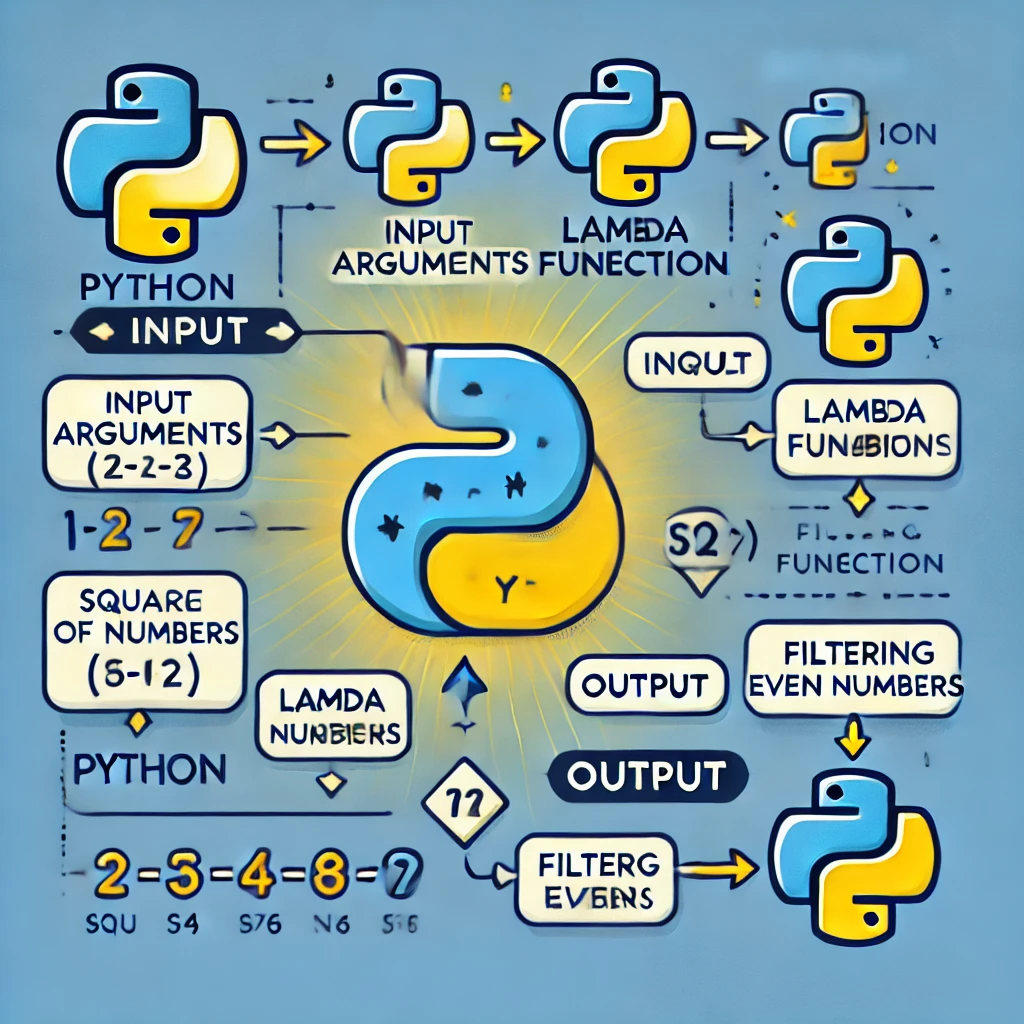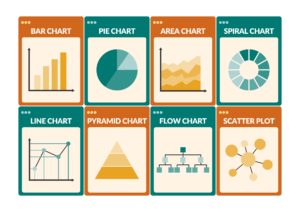Lambda Expressions in Python
Lambda expressions, also known as anonymous functions, are an integral feature of Python. They provide a concise way to create functions without formally defining them using the def keyword. In this blog, we’ll explore what lambda expressions are, their syntax, use cases, and how they differ from regular functions. By the end of this guide, you’ll have a clear understanding of when and how to use lambda expressions effectively.
What are Lambda Expressions?
A lambda expression is a small, unnamed function defined using the lambda keyword. It can have any number of input arguments but only one expression, which is evaluated and returned automatically. Lambda expressions are often used for short-term needs where defining a full function would be excessive.
Syntax of a Lambda Expression
The basic syntax of a lambda expression is as follows:
lambda arguments: expression
lambda: The keyword that indicates the creation of a lambda function.arguments: The input parameters for the function, similar to those in a regular function.expression: A single statement or calculation that is evaluated and returned.
Example:
# Regular function
def add(x, y):
return x + y
# Equivalent lambda expression
add_lambda = lambda x, y: x + y
print(add(5, 3)) # Output: 8
print(add_lambda(5, 3)) # Output: 8
Features of Lambda Expressions
Conciseness: Lambda expressions are defined in a single line, making them highly compact.
No Name: They are anonymous, meaning they do not require a name unless assigned to a variable.
Limited Functionality: Lambda functions are restricted to a single expression and cannot include statements or annotations.
Immediate Use: Commonly used as arguments to higher-order functions like
map(),filter(), andsorted().
Use Cases of Lambda Expressions
Lambda expressions are particularly useful in scenarios where brevity is essential. Let’s look at some common use cases.
1. Using lambda with map()
The map() function applies a given function to each item in an iterable (like a list) and returns a map object.
numbers = [1, 2, 3, 4, 5]
squares = map(lambda x: x ** 2, numbers)
print(list(squares)) # Output: [1, 4, 9, 16, 25]
2. Using lambda with filter()
The filter() function filters items in an iterable based on a condition provided by the lambda function.
numbers = [1, 2, 3, 4, 5]
evens = filter(lambda x: x % 2 == 0, numbers)
print(list(evens)) # Output: [2, 4]
3. Using lambda with sorted()
Lambda expressions can be used to customize the sorting behavior in the sorted() function.
students = [
{'name': 'Alice', 'age': 25},
{'name': 'Bob', 'age': 22},
{'name': 'Charlie', 'age': 23}
]
sorted_students = sorted(students, key=lambda x: x['age'])
print(sorted_students)
# Output: [{'name': 'Bob', 'age': 22}, {'name': 'Charlie', 'age': 23}, {'name': 'Alice', 'age': 25}]
4. Using lambda in List Comprehensions
Although list comprehensions are typically used directly, lambda functions can add custom processing.
numbers = [1, 2, 3, 4]
cubes = [(lambda x: x ** 3)(num) for num in numbers]
print(cubes) # Output: [1, 8, 27, 64]
Differences Between Lambda Expressions and Regular Functions

Best Practices for Using Lambda Expressions
Use for Simple Logic: Avoid using lambda functions for complex operations or multi-step processes.
Avoid Overuse: While they are concise, overusing lambda expressions can reduce code readability.
Combine with Higher-Order Functions: Use lambda expressions effectively with functions like
map(),filter(), andreduce().Use Regular Functions When Needed: For more complex functionality, prefer regular
deffunctions.
Common Mistakes to Avoid
Ignoring Readability: Using overly complex lambda expressions can confuse readers.
Assigning Lambda Functions: Assigning a lambda to a variable often defeats its purpose. Use
definstead.Bad Practice:
add = lambda x, y: x + y
Better Practice:
def add(x, y):
return x + y
Using Statements: Lambda expressions do not support statements, which can lead to errors if attempted.
lambda x: if x > 0: x # SyntaxError
Conclusion
Lambda expressions in Python are a powerful tool for creating small, anonymous functions. They shine in scenarios where brevity and immediacy are required, such as with higher-order functions. However, they come with limitations, making them unsuitable for complex operations. By understanding their syntax, use cases, and best practices, you can use lambda expressions effectively to write cleaner and more efficient Python code.




